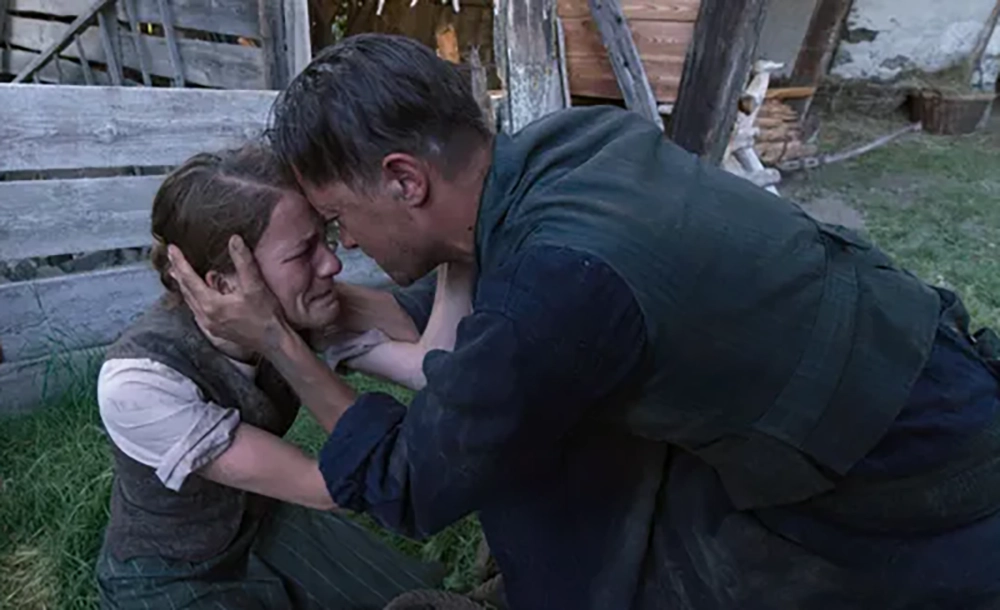Malick’s not just a director. He’s a thinker and a deeply religious man. He wants nothing more than to peel back those facetious layers of humanity, allowing viewers to examine man’s nature laid bare. This remains true for all his films, from his early hits like “Days of Heaven (1978)” to his modern classic, “Tree of Life (2011).” In the story of Franz Jägerstätters (played by August Deihl), Malick only needed to drop the clapperboard. The rest would flow like water.
A Meditation on Freedom vs. Suffering
The true story of Franz Jägerstätters proves suffocating. His martyrdom in 1943 is a disturbing tale, brought to life by cinematic perfection. In the traditional Malik style—like watching someone’s memories—“A Hidden Life” juxtaposed Franz and his family’s lavish existence with his impending arrest for dodging the war.
The movie takes its time to build speed. For a while, it serenades the viewer in the simple life of Austrian farmers: morning Mass, mundane farm tasks, and playing tag with laughing children. It’s after Franz’s arrest that the film transforms into a beaten dog. Oscar-worthy acting performances come from Franz (Deihl) screaming and pounding his face into the walls of a Nazi prison, reflecting his cold reality, and meditating on the juxtaposition of freedom vs. suffering.
Posing a Challenge for Film-lovers Alike

People often despise Malick’s style for his lack of convention. If that’s you, maybe the aftertaste of “The Tree of Life” still lingering on your tongue, you should know that “A Hidden Life” flows more coherently than other Malick films. Yes, the close-ups and abundance of montage-esque sequences remain, but you won’t need a notepad and pencil to keep track of the plotline. Of Malick’s movies post-“Tree of Life,” “A Hidden Life” remains the most grassroots to filmmaking, and in that sense, it perfectly balances an ingenuitive approach to movies without pretentiously breaking the rules.
After the credits, “A Hidden Life’s” magnificent score, heavenly imagery, and eccentric performances will likely repeat in your mind for days, as will Jägerstätters’s crushing spiritual dilemma. If you’re seeking candy-and-popcorn movies to watch with your giggly group of friends, maybe keep “A Hidden Life” on the shelf. But for those looking for a challenge, Christians, religious “nones,” and film critics alike will walk away from “A Hidden Life” with something to chew on for weeks, maybe even months.



